The Linear Displacement Sensor Market is expected to register a CAGR of 9% from 2025 to 2031, with a market size expanding from US$ XX million in 2024 to US$ XX Million by 2031.
The Linear Displacement Sensor Market analysis provides a detailed understanding of the market and carefully divides it based on Technology, Application and Region. It also provides details for regional market revenues from countries covering all the continents. Values of the global Linear Displacement Sensor market are represented in US dollars (US$) to help users comprehend the market better. Prevalence of growth trends and competitive characteristics found in different market segments is explained for stakeholders to take decisions on business strategies and capital investments.
The report bifurcates the Single Layer Capacitor Market on the basis of Type, Application and Region. The report in detail analyzes the regional markets and individual country markets to effectively market intelligence for the global Single Layer Capacitor Market.
Purpose of the Report
The report Linear Displacement Sensor Market by The Insight Partners aims to describe the present landscape and future growth, top driving factors, challenges, and opportunities. This will provide insights to various business stakeholders, such as:
- Technology Providers/Manufacturers: To understand the evolving market dynamics and know the potential growth opportunities, enabling them to make informed strategic decisions.
- Investors: To conduct a comprehensive trend analysis regarding the market growth rate, market financial projections, and opportunities that exist across the value chain.
- Regulatory bodies: To regulate policies and police activities in the market with the aim of minimizing abuse, preserving investor trust and confidence, and upholding the integrity and stability of the market.
Linear Displacement Sensor Market Segmentation
Type
- Capacitive
- Inductive
- Magnetic
- Optical
- Laser
- LVDT
- Ultrasonic
End-user
- Aerospace and Defense
- Automotive
- Electronics and Semiconductor
- Manufacturing
- Food and Beverages
- Oil and Gas
- Packaging
- Power Generation
You will get customization on any report - free of charge - including parts of this report, or country-level analysis, Excel Data pack, as well as avail great offers and discounts for start-ups & universities
Linear Displacement Sensor Market: Strategic Insights
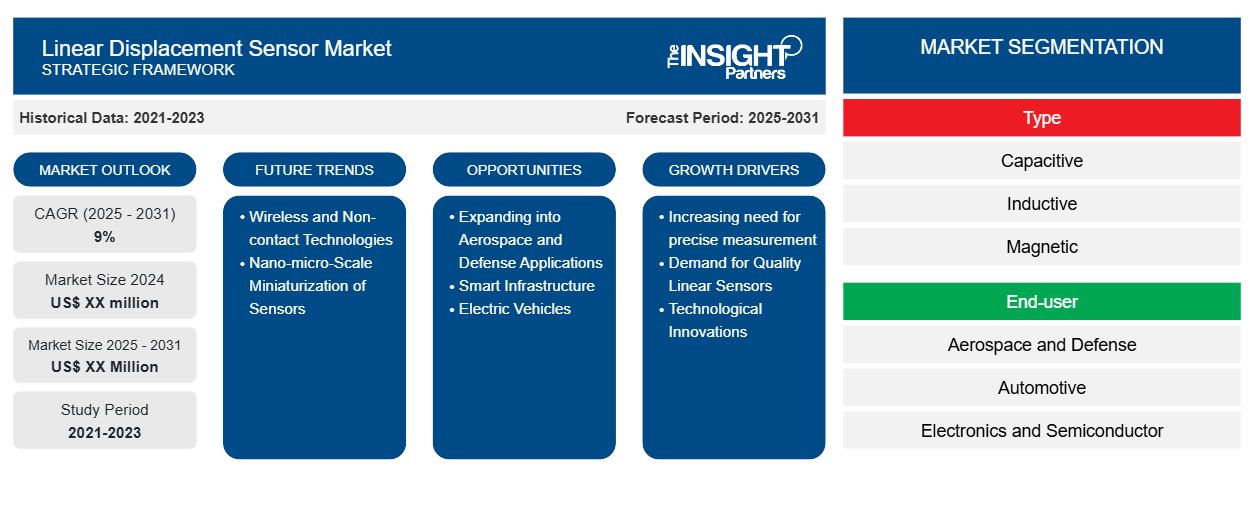
- Get Top Key Market Trends of this report.This FREE sample will include data analysis, ranging from market trends to estimates and forecasts.
Linear Displacement Sensor Market Growth Drivers
- Increasing need for precise measurement: The global Linear Displacement Sensor Market is projected to grow at a substantial CAGR in the forthcoming years. This growth is driven by the increasing need for precise measurement services and applications in various industries like manufacturing, automotive, and aerospace. Linear measurement is essential in these industries for quality control and process optimization.
- Demand for Quality Linear Sensors: As automation and precision manufacturing are becoming more important, the demand for quality linear sensors is growing.
- Technological Innovations: The market is expected to grow favorably shortly due to the technological innovations happening in terms of sensor technology, which will lead to improved accuracy and reliability of measurement. Through this report, you will get to understand the key drivers responsible for market growth, which will help you make strategic decisions in line with present business needs.
Linear Displacement Sensor Market Future Trends
- Wireless and Non-contact Technologies: The need is growing towards wireless and contactless linear displacement sensors for advantages in reduced wear and tear, easy to install, and high performance even under harsh environment.
- Nano-micro-Scale Miniaturization of Sensors: Better materials and design for sensors in line with application requirements are yielding small and compact linear displacement sensors. This meets the increasing requirements of miniaturization to serve consumer electronics, robotics, and portable device applications.
- Higher precision and accuracy - aerospace, healthcare, semiconductor industries, etc., in terms of precise measurement are demanding more precise sensors which can deliver accurate displacement values in such applications.
Linear Displacement Sensor Market Opportunities
- Expanding into Aerospace and Defense Applications: The applications in aerospace and defense industries are many, such as navigation systems, flight control systems, missile guidance, etc. which makes this market an opportunity.
- Smart Infrastructure: The development of smart cities and infrastructure increases the demand for displacement sensors in construction equipment, structural health monitoring, and intelligent transportation systems.
- Electric Vehicles: The growing electric vehicle (EV) market brings in new demands for displacement sensors, such as battery monitoring, suspension systems, and drive-by-wire technologies.
Linear Displacement Sensor Market Regional Insights
The regional trends and factors influencing the Linear Displacement Sensor Market throughout the forecast period have been thoroughly explained by the analysts at The Insight Partners. This section also discusses Linear Displacement Sensor Market segments and geography across North America, Europe, Asia Pacific, Middle East and Africa, and South and Central America.
Linear Displacement Sensor Market Report Scope
| Report Attribute | Details |
|---|---|
| Market size in 2024 | US$ XX million |
| Market Size by 2031 | US$ XX Million |
| Global CAGR (2025 - 2031) | 9% |
| Historical Data | 2021-2023 |
| Forecast period | 2025-2031 |
| Segments Covered |
By Type
|
| Regions and Countries Covered | North America
|
| Market leaders and key company profiles |
|
Linear Displacement Sensor Market Players Density: Understanding Its Impact on Business Dynamics
The Linear Displacement Sensor Market is growing rapidly, driven by increasing end-user demand due to factors such as evolving consumer preferences, technological advancements, and greater awareness of the product's benefits. As demand rises, businesses are expanding their offerings, innovating to meet consumer needs, and capitalizing on emerging trends, which further fuels market growth.
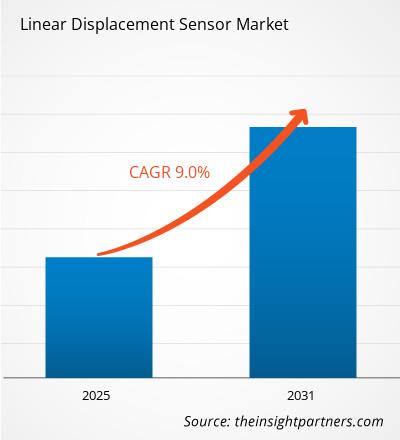
- Get the Linear Displacement Sensor Market top key players overview
Key Selling Points
- Comprehensive Coverage: The report comprehensively covers the analysis of products, services, types, and end users of the Linear Displacement Sensor Market, providing a holistic landscape.
- Expert Analysis: The report is compiled based on the in-depth understanding of industry experts and analysts.
- Up-to-date Information: The report assures business relevance due to its coverage of recent information and data trends.
- Customization Options: This report can be customized to cater to specific client requirements and suit the business strategies aptly.
The research report on the Linear Displacement Sensor Market can, therefore, help spearhead the trail of decoding and understanding the industry scenario and growth prospects. Although there can be a few valid concerns, the overall benefits of this report tend to outweigh the disadvantages.
Frequently Asked Questions
What are the deliverable formats of the Linear Displacement Sensor Market report?
What are the options available for the customization of this report?
What are future trends in Linear Displacement Sensor Market?
Which are key players in the Linear Displacement Sensor Market?
What is expected CAGR in Linear Displacement Sensor Market?
What are factors impacting on Linear Displacement Sensor Market growth?
- Historical Analysis (2 Years), Base Year, Forecast (7 Years) with CAGR
- PEST and SWOT Analysis
- Market Size Value / Volume - Global, Regional, Country
- Industry and Competitive Landscape
- Excel Dataset
Recent Reports
Related Reports
Testimonials
Reason to Buy
- Informed Decision-Making
- Understanding Market Dynamics
- Competitive Analysis
- Identifying Emerging Markets
- Customer Insights
- Market Forecasts
- Risk Mitigation
- Boosting Operational Efficiency
- Strategic Planning
- Investment Justification
- Tracking Industry Innovations
- Aligning with Regulatory Trends












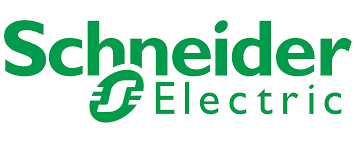


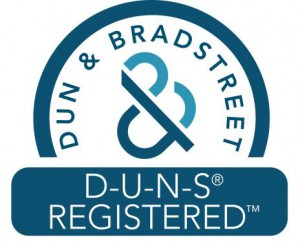
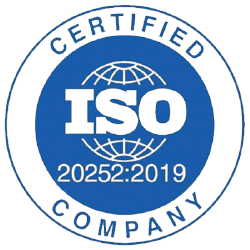
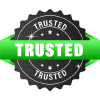



 Get Free Sample For
Get Free Sample For